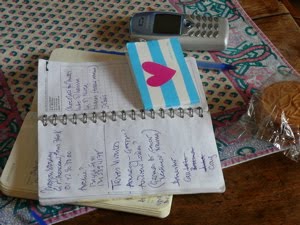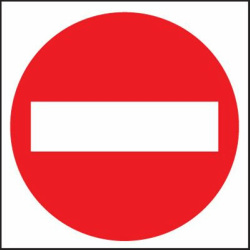
The practice
If trying to relax (or meditate) makes you more, rather than less, antsy, try this alternative, which will probably work much better for helping you calm down: mindfully and gently tense groups of muscles, until they feel pleasantly tired, and release. Feel into the muscles and do it consciously and carefully. This is not progressive muscle relaxation, nor is it aerobics. You are not trying to relax, or to raise your heart rate.
For example, sitting in a chair, gently press your feet on the ground till you can feel your thighs working. Or with your arms folded, gently press the underneath arm against the holding arm, to feel the resistance. Experiment to find other gentle tensing/stretching movements that feel pleasant and leave your body feeling less tense.
The theory
This comes from 'The Body Remembers', a fabulous book on somatics of trauma and how to treat it, based on Somatic Experiencing. The author, Babette Rothschild, explains that people with trauma and anxiety can have problems with traditional relaxation and meditation techniques because these make their anxiety worse, rather than better. So she suggests this instead. The idea is to be gentle, and tense just enough, and just long enough, for the muscles to be pleasantly tired afterward, which in turn does induce a relaxing, pleasant feeling. The idea is not to raise your heart-rate, or stress your body in any way.
The result
This really does work. After gently tensing and holding the muscles, your body feels calmer and pleasantly so. Try it and see. Remember: effort is not the key; be gentle and tense just enough, no more.
If trying to relax (or meditate) makes you more, rather than less, antsy, try this alternative, which will probably work much better for helping you calm down: mindfully and gently tense groups of muscles, until they feel pleasantly tired, and release. Feel into the muscles and do it consciously and carefully. This is not progressive muscle relaxation, nor is it aerobics. You are not trying to relax, or to raise your heart rate.
For example, sitting in a chair, gently press your feet on the ground till you can feel your thighs working. Or with your arms folded, gently press the underneath arm against the holding arm, to feel the resistance. Experiment to find other gentle tensing/stretching movements that feel pleasant and leave your body feeling less tense.
The theory
This comes from 'The Body Remembers', a fabulous book on somatics of trauma and how to treat it, based on Somatic Experiencing. The author, Babette Rothschild, explains that people with trauma and anxiety can have problems with traditional relaxation and meditation techniques because these make their anxiety worse, rather than better. So she suggests this instead. The idea is to be gentle, and tense just enough, and just long enough, for the muscles to be pleasantly tired afterward, which in turn does induce a relaxing, pleasant feeling. The idea is not to raise your heart-rate, or stress your body in any way.
The result
This really does work. After gently tensing and holding the muscles, your body feels calmer and pleasantly so. Try it and see. Remember: effort is not the key; be gentle and tense just enough, no more.




 RSS Feed
RSS Feed